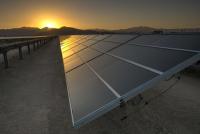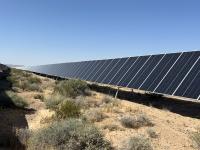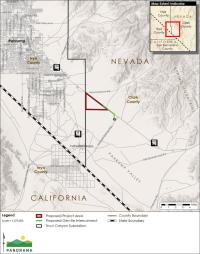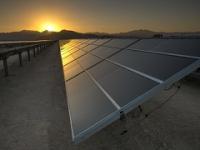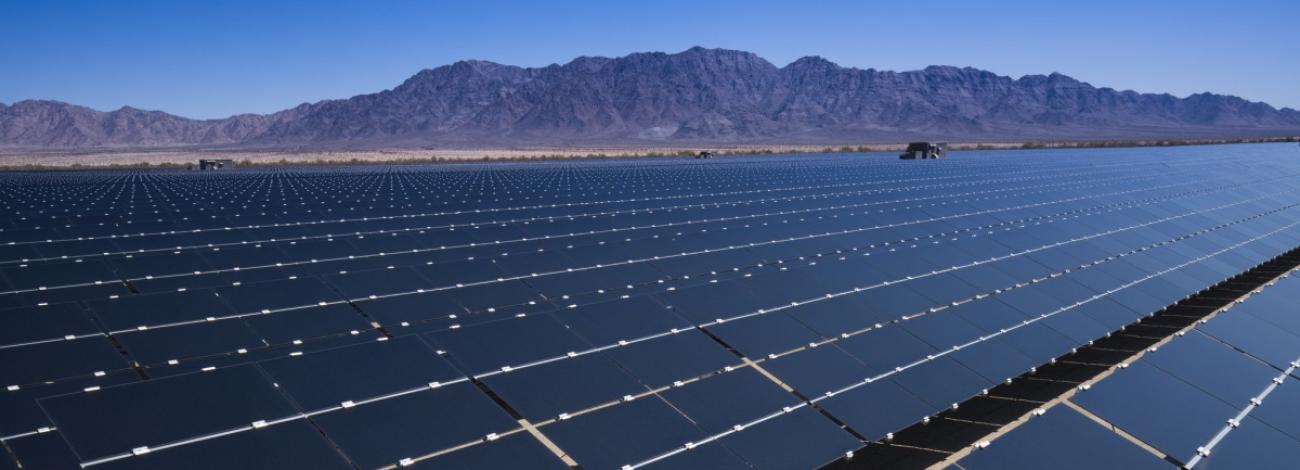
Solar Energy
Across the 245 million acres of public land it manages, the BLM maintains more than 19 million acres as open for potential solar development, subject to a variance process. Solar energy development projects on BLM-managed public lands are authorized as rights-of-way under Title V of the Federal Land Policy and Management Act of 1976, as amended consistent with appropriate BLM land-use plans. Regulations at 43 CFR 2800 identify requirements for solar development application and permitting. Applications for solar energy uses on public land are subject to paying cost-recovery fees and all proposals are subject to review under the National Environmental Policy Act and other applicable laws and regulations.
For more information on the BLM's Solar Energy Program, visit https://blmsolar.anl.gov/.

